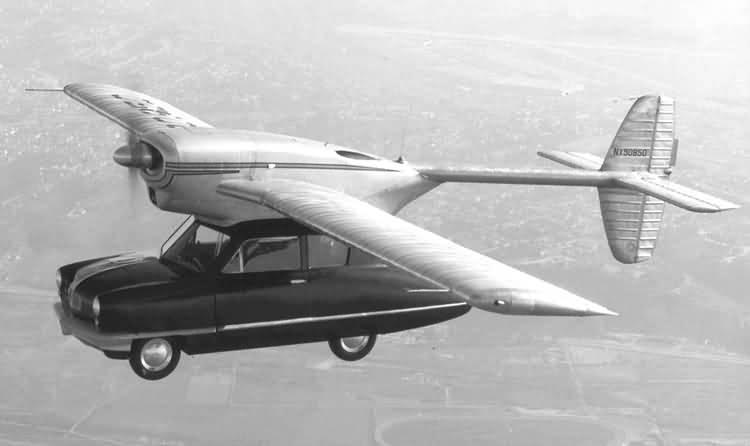One of the most common features of our imagined future has always been the flying car. The 21st century was meant to have skyways instead of highways, with vehicles buzzing overhead, weaving through skyscrapers and gliding into skyports.
Take heart. Although we’re a little behind schedule, there are a number of companies out there seriously working to bring flying cars to market in the next few years.





